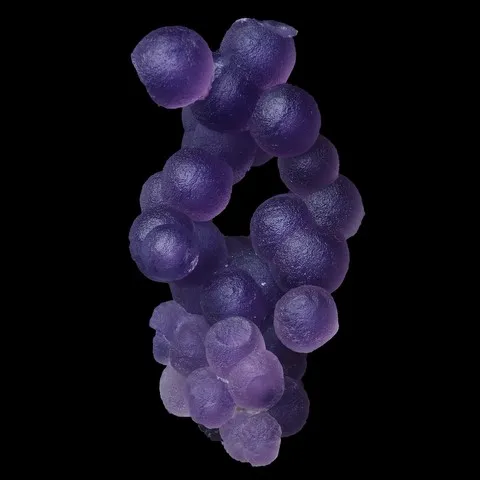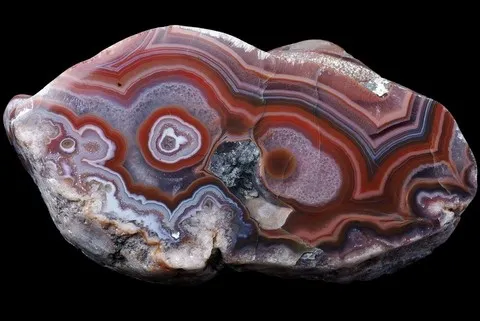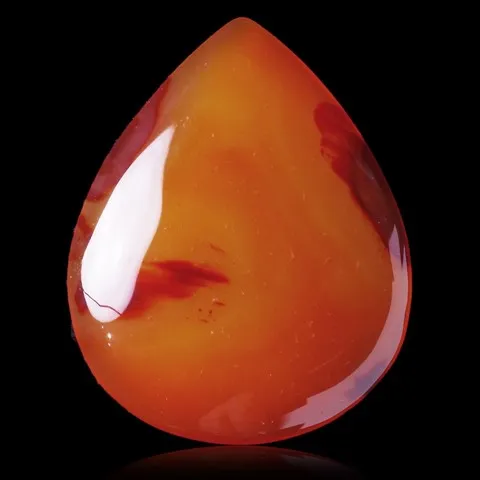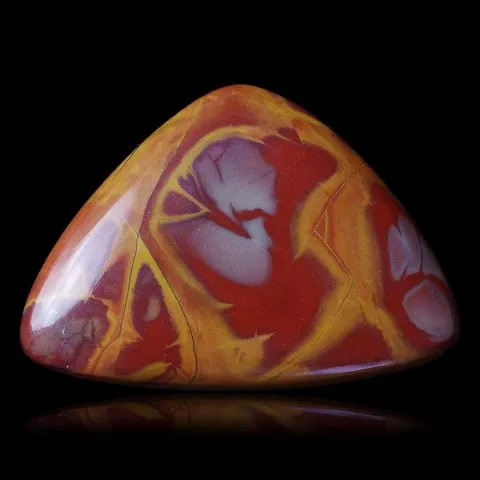CHALCEDONY
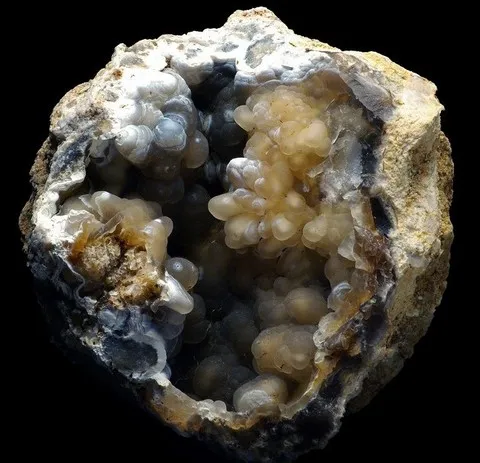
Class : Silicates
Subclass : Tectosilicates
Crystal system : Trigonal
Chemistry : SiO2
Rarity : Really common
The chalcedony is a microcrystalline to cryptocrystalline variety of quartz which contains 0.5 to 2% water. It takes various names depending on its appearance and color : agate or onyx if the structure is banded with alternating colors, carnelian if it is orange-red color, sardoine if it is brown, chrysoprase if it is green and colored by nickel, mtorolite if it is green and colored by chromium, heliotrope if it is green with red spots. Specimens do not fall into these categories of colors and structures are called "jaspers". The chalcedony never show visible crystals, they often are hummocky fibrous masses sometimes covered with quartz crystals. It is a low-temperature hydrothermal variety which is widely used today in the ornamentation, sculpture ornaments and art objects. Critically, it is used for making mortar grinders necessary to achieve rock powders for laboratory analysis. Formerly, Neolithic men have used it to make tools.
Chalcedony in the World
Chalcedony in France
Chalcedony in France is very present. Among the most beautiful deposits, we mention the Etelon (photo in margin) and Châtelperron in Allier. Beautiful bluish chalcedony drops were also harvested once in asphalt mines area of Clermont-Ferrand in Puy-de-Dome. It may be noted also for its large hummocky specimens Aquitaine department and the Massif de l'Estérel in the South of France, famous for its agate and quartz nodules.
Twinning
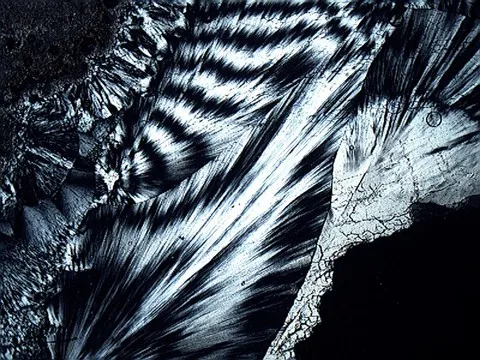
Chalcedony is a microcrystalline variety of quartz, by definition it presents no twin. One feature to highlight, is the possibility of rotation of quartz fibers around their axis of elongation during growth. This phenomenon is typical of the chalcedony "flowers" from Mine des Rois of Dallet in Puy-de-Dôme, it generates regular and repeated extinction bands if observed under microscope with polarized and analized light (photo in margin).
Special crystallizations
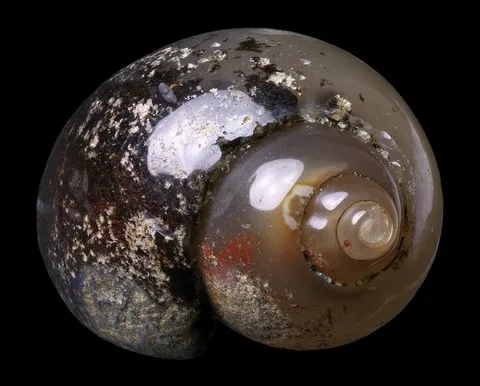
Chalcedony can quite easily replace some fossils or fill the cavities left by some fossils gastropod, corals, plants, etc.... It is called "agatized fossils". Among the most beautiful transformations, it is necessary to note the gastropods from Betul in India (photo on the right), transformed by fillings in agate, sometimes dendritic with gray, brown, white or bluish colors... The Eocene fossil shells of the sector of Assa in Morocco are also sometimes replaced by orange chalcedony and are surprising and very aesthetic collector's items. These replacements are called "epigenesis" in geology.
Fakes and treatments
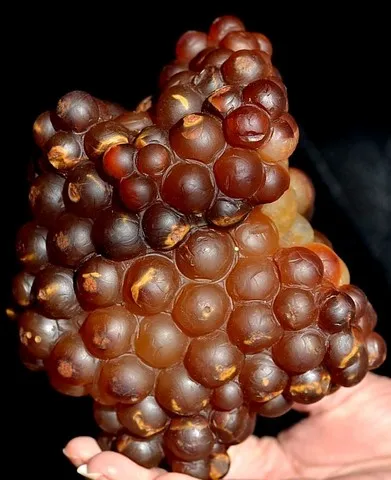
Among the classic scams there Chinese brown-orange grapes, sometimes sold to natural when they are in fact carved, the photo in margin presents specimen sold on eBay for totally natural.
Chalcedony can undergo various treatments, the most common is dying. The chalcedony are immersed in an acid bath that will increase porosity of the mineral and then they are dyed in various colors, often quite "flashy". The fluorescent pink and green agates encountered on exhibitions today are all dyed (photo below) and onyx (black and white) too. Unfortunately, these treatments are almost never specified... These dyes are generally highly fluorescent under UV light and a cotton swab soaked in acetone can leave dyes residues.
Finally, some chalcedony can be heated to change their colors, most often to give carnelian.
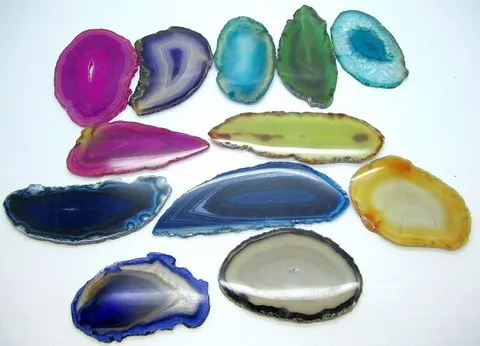
Hardness : 6,5 to 7
Density : 2,6
Fracture : Conchoidale to sub-conchoidale
Trace : White
TP : Transparent to opaque
RI : 1,54 to 1,55
Birefringence : -
Optical character : Uniaxial +
Pleochroism : None
Fluorescence : White to green
Solubility : Hydrofluoric acid
Magnetism : None
Radioactivity : None



